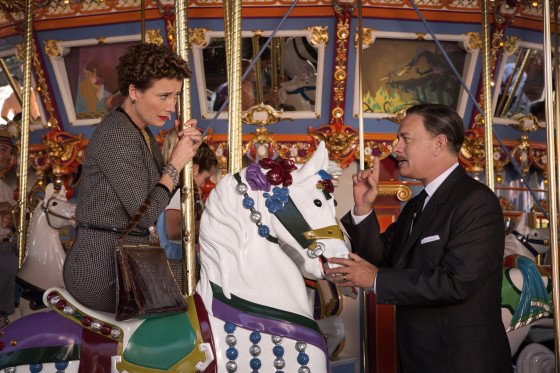
Last year, “Hitchcock” proved that you need more than incredibly talented actors to create a compelling film centered on a Hollywood icon. Disney’s “Saving Mr. Banks” ( in selected theaters now, everywhere Dec. 20) is more than a feel-good-movie: it is a fascinating peek behind the pre-production of “Mary Poppins” but more importantly, behind the faces responsible for the classic. Here are five main reasons why you should go see it.
Not “one of those Biopics”
This is not a cradle-to-grave biography about a real life person a la “Gandhi”. Like Spielberg’s “Lincoln”, “Saving Mr. Banks” focuses on a concrete period of time to show how these people overcame all challenges to make history. In fact, it is much more about the author of Mary Poppins rather than the founder of Disneyland.
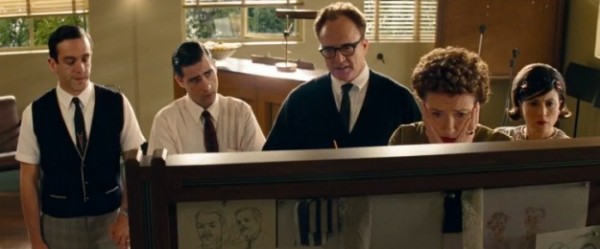
Emma Thompson
One of the nicest movie stars ever makes a deliciously rude and awkward P.L. Travis. But Thompson elevates her character beyond cartoonish excesses to portray a stoic and complex woman in a world dominated by men.
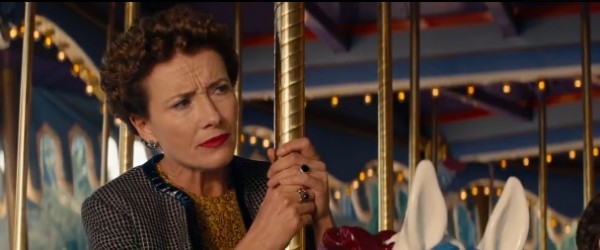
Tom Hanks
More more proof that talent and not likeness should determine who gets cast to interpret a historic figure. Ironically, his famous “nice guy” public persona helps us believe that he is not the Hollywood star, but Walt Disney. He isn’t the lead but he leaves his mark.
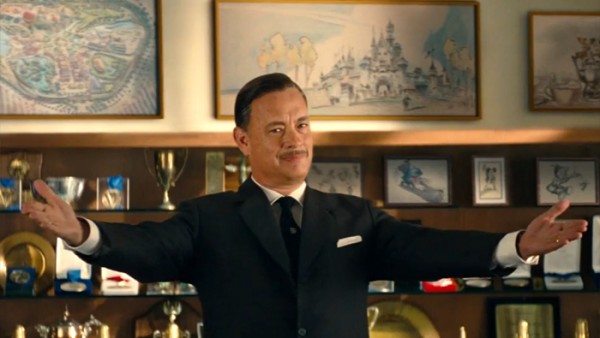
Colin Farrell
Yes, the Irish has played flat roles in bad movies (“Daredevil”, “SWAT”, etc.). But if “In Bruges” didn’t convince you that he is one of the most talented actors of his generation, “Saving Mr. Banks” will. He embodies the tragedy that many dreamers face when they can’t adapt to the mundane demands of a routinary existence.
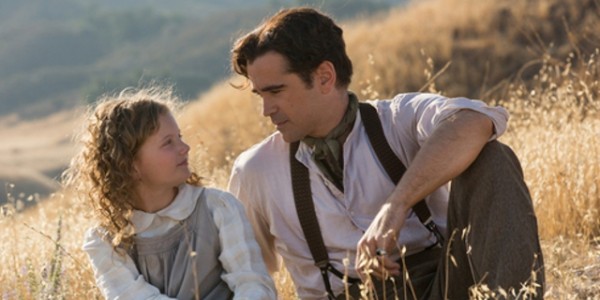
Perfect Dramedy
At moments, a light “fish out of water” tale full of color and music. But “Saving Mr. Banks” is also a character study of a traumatized and complex artist. The resulting mix is successful balance act that can make you laugh and cry, without being too manipulative.
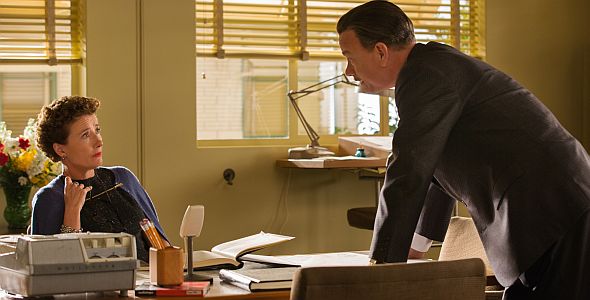
“When Walt Disney’s daughters begged him to make a movie of their favorite book, P.L. Travers’ “Mary Poppins,” he made them a promise—one that he didn’t realize would take 20 years to keep. In his quest to obtain the rights, Walt comes up against a curmudgeonly, uncompromising writer who has absolutely no intention of letting her beloved magical nanny get mauled by the Hollywood machine. But, as the books stop selling and money grows short, Travers reluctantly agrees to go to Los Angeles to hear Disney’s plans for the adaptation.”




